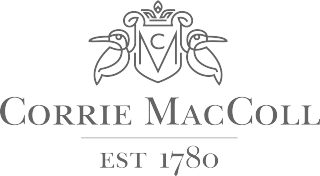Ultimate Guide to Sourcing High-Quality TPR Rubber Suppliers: Essential Checklist for Global Buyers
In today's competitive market, sourcing high-quality TPR rubber suppliers has become a vital concern for global buyers seeking to enhance their product offerings. Thermoplastic rubber (TPR) is renowned for its durability, flexibility, and versatility, making it a popular choice across various industries, including automotive, footwear, and consumer goods. However, with a plethora of suppliers available worldwide, navigating the selection process can be daunting. This guide aims to streamline your sourcing journey by providing an essential checklist that highlights crucial factors to consider when evaluating potential TPR rubber suppliers.
Moreover, working with the right TPR rubber supplier not only ensures superior quality materials but also fosters long-term partnerships that can drive innovation and efficiency. From assessing manufacturing capabilities and certifications to understanding pricing structures and delivery timelines, this ultimate guide will equip you with the knowledge necessary to make informed decisions. Whether you are a seasoned buyer or new to the procurement process, our comprehensive checklist will help you identify reliable suppliers who can meet your high-quality standards while supporting your business goals.
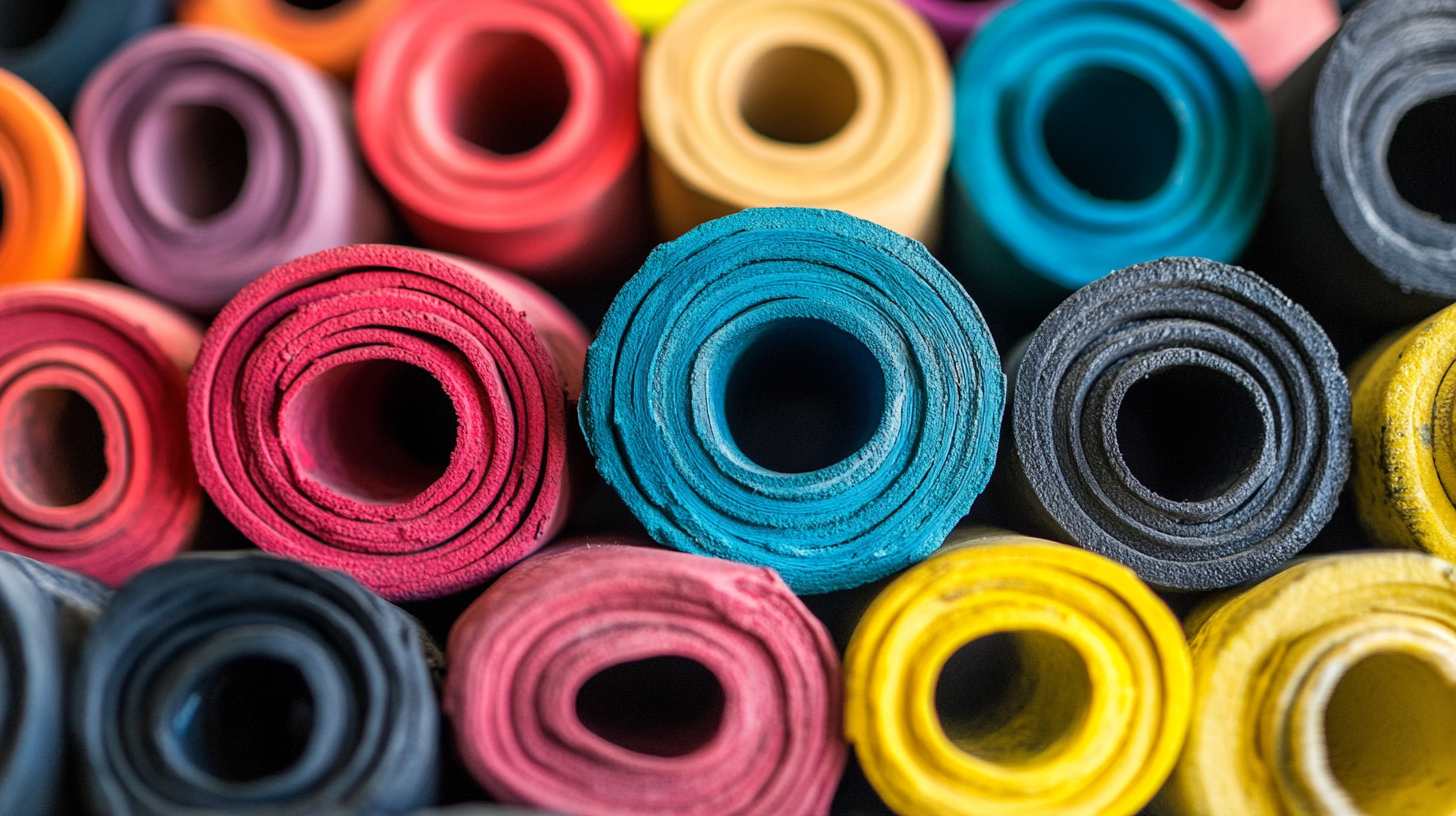
Identifying Key Qualities in Top-Tier TPR Rubber Suppliers
When searching for high-quality TPR (Thermoplastic Rubber) suppliers, it is crucial to identify the key qualities that differentiate top-tier providers from the rest. First and foremost, consider the supplier's manufacturing capabilities. The ability to use advanced machinery and innovative techniques can significantly impact product quality. A supplier that invests in cutting-edge technology is likely to produce TPR rubber with consistent performance and durability. Another essential quality is the supplier's commitment to quality control. A robust quality assurance process ensures that each batch of TPR rubber meets industry standards and specific client requirements. Look for suppliers who implement stringent testing procedures, including material composition tests and performance assessments. Those who are ISO certified or comply with other relevant certifications demonstrate a serious dedication to maintaining high standards. Additionally, evaluating the supplier's customer service and reliability is critical. A top-tier TPR rubber supplier should respond promptly to inquiries, provide clear communication throughout the sourcing process, and show flexibility in meeting customer needs. Establishing a strong relationship with a supplier who values transparency can lead to smoother transactions and better long-term collaboration. Finally, consider the supplier's experience and industry reputation. Suppliers with a proven track record often have established networks, which can be beneficial for troubleshooting and innovation. Researching client testimonials and case studies will provide insight into the supplier's capabilities and customer satisfaction, allowing you to make a well-informed decision.
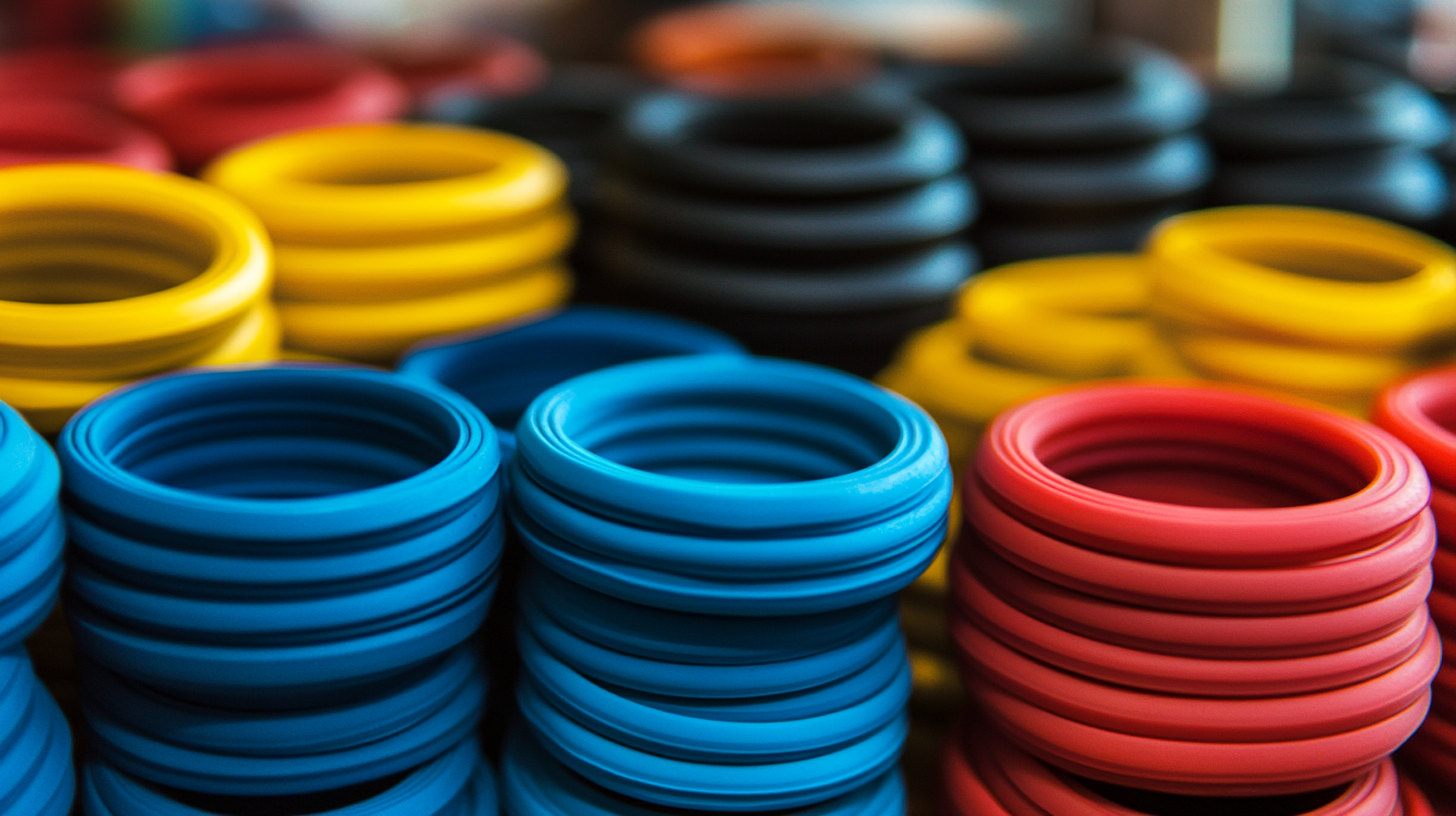
Navigating International Markets: Where to Find Reliable TPR Rubber Partners
When navigating the complex landscape of international markets, sourcing reliable TPR rubber suppliers can pose significant challenges for global buyers. Understanding regional dynamics and supplier reliability is essential to ensure a smooth procurement process. Countries such as China, Vietnam, and Taiwan have established themselves as key players in the TPR rubber industry due to their advanced manufacturing capabilities and robust supply chains. Buyers should consider factors like production capacity, material quality, and compliance with international standards when evaluating potential suppliers.
Additionally, building strong partnerships with TPR rubber suppliers hinges on clear communication and mutual trust. Utilizing platforms like Alibaba, Global Sources, and trade shows can facilitate connections with reputable manufacturers. However, it is crucial to conduct thorough due diligence, including verifying supplier certifications, checking references, and requesting samples to assess quality firsthand. Engaging local trade agents or consultants can also provide valuable insights into the market and help navigate cultural differences, ensuring a smoother collaboration with international partners.
Lastly, understanding the logistics of importing TPR rubber is vital for maintaining cost efficiency and timely delivery. Familiarizing oneself with international shipping regulations, tariffs, and lead times can significantly impact the overall purchasing strategy. By taking a proactive approach to sourcing and leveraging reliable networks, global buyers can successfully identify trustworthy TPR rubber partners and optimize their supply chain operations.
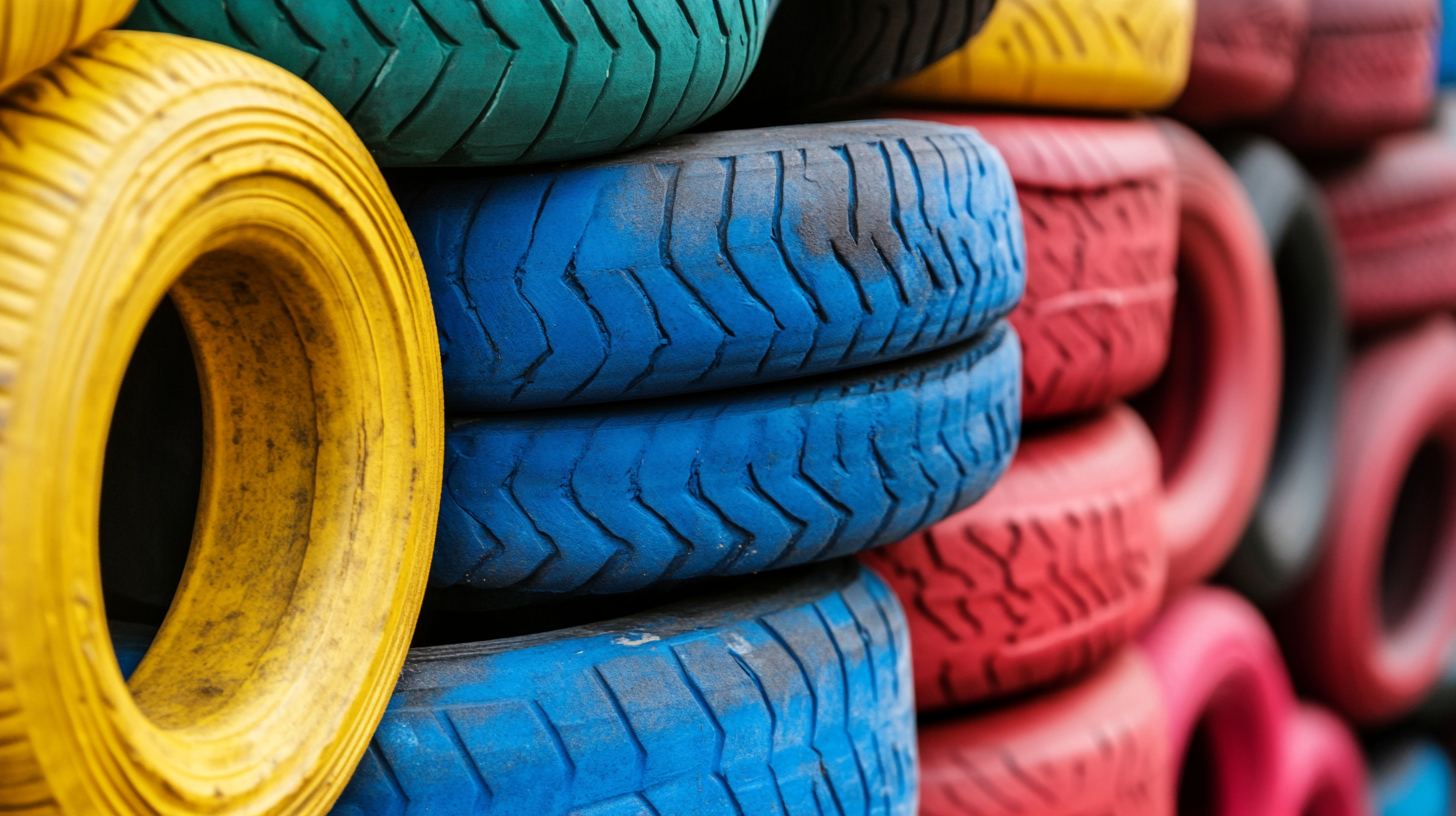
Essential Certifications and Standards for Quality Assurance in TPR Rubber
When sourcing high-quality TPR rubber suppliers, understanding essential certifications and standards is crucial for ensuring product integrity and quality assurance. TPR, or thermoplastic rubber, is known for its versatility and is widely used in various applications, including footwear, automotive parts, and household items. However, not all TPR rubber is created equal, and having a solid grasp of the required certifications can help buyers make informed decisions.
Key certifications to look for include ISO 9001, which indicates a supplier’s commitment to quality management systems, and REACH compliance, ensuring that the materials used are safe for both human health and the environment. Additionally, certifications like ASTM and ISO for specific performance characteristics can provide insights into the rubber's durability, flexibility, and temperature resistance. Suppliers who maintain these certifications demonstrate a dedication to meeting international standards and can be trusted to deliver high-quality products.
Moreover, buyers should inquire about any industry-specific certifications that may apply to their intended applications. For example, certifications from automotive and toy safety organizations can further validate a supplier's capabilities in producing safe and reliable TPR rubber products. By focusing on these essential certifications and standards, global buyers can streamline their sourcing process and establish partnerships with suppliers that prioritize both quality and compliance.
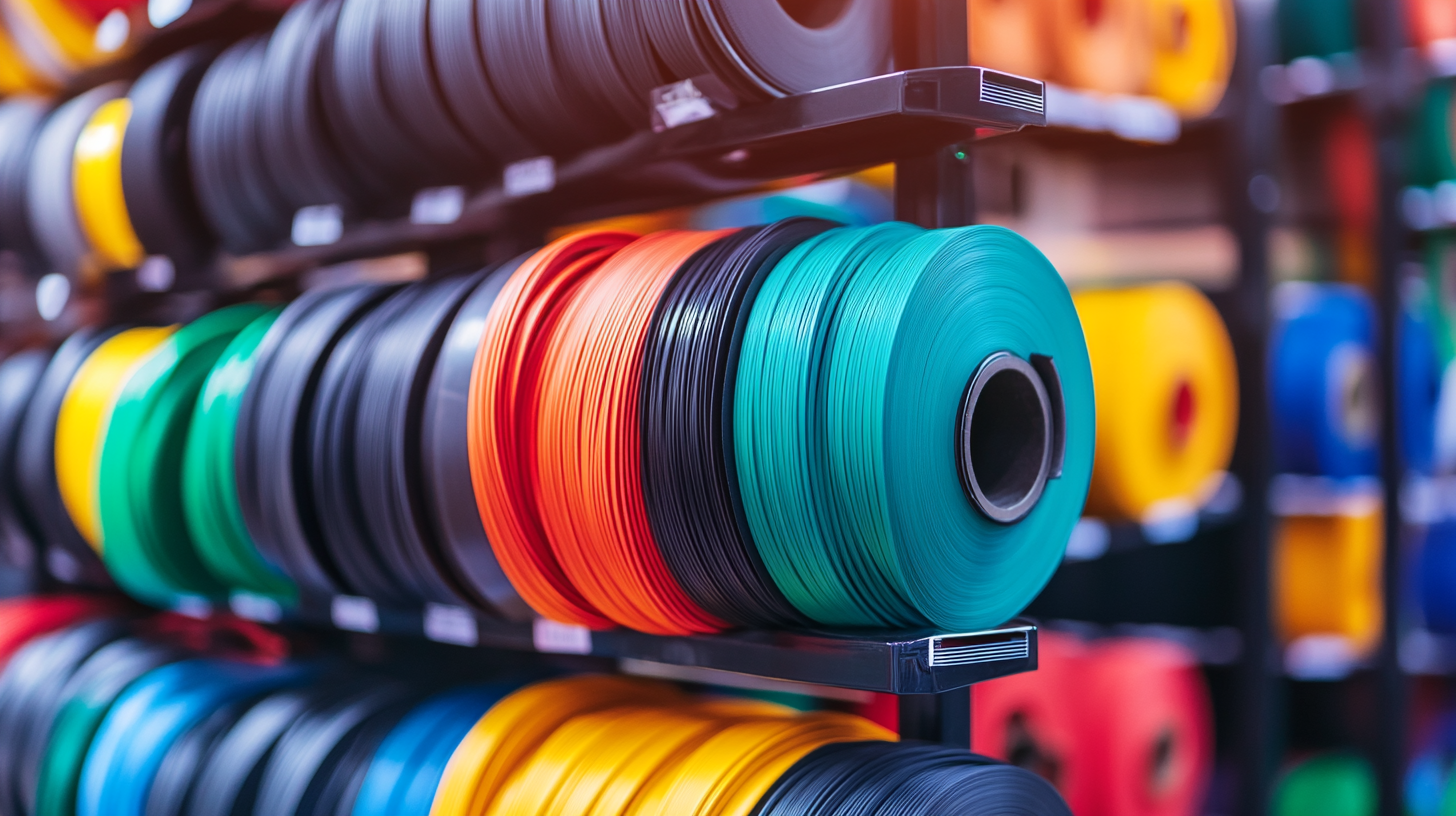
Effective Communication Strategies with Global TPR Rubber Suppliers
Effective communication with global TPR rubber suppliers is crucial for buyers seeking high-quality products. In a landscape where connectivity can be threatened by geopolitical shifts, such as the recent advancements in deep-sea cable technology, it becomes imperative for buyers to develop robust communication strategies. A strong line of communication not only facilitates a better understanding of supplier capabilities but also helps navigate any disruptions caused by international events.
To engage effectively with TPR rubber suppliers, buyers should prioritize transparency and establish clear expectations from the outset. This can involve outlining specific requirements regarding product quality, delivery timelines, and sustainability practices. As the global market faces challenges like resource scarcity and ethical sourcing, communicating a commitment to sustainability can strengthen partnerships with suppliers who share similar values. Additionally, leveraging digital tools for real-time communication can enhance responsiveness, ensuring that any issues are addressed promptly.
Moreover, employing soft skills in negotiations and interactions can yield significant benefits. In the competitive landscape of rubber sourcing, the ability to listen actively, empathize with suppliers' challenges, and adapt communication styles to fit cultural contexts can foster long-term relationships. Recognizing that suppliers are key stakeholders in the supply chain will further reinforce trust and collaboration, which are essential for maintaining high-quality standards in TPR rubber sourcing.
Building Long-term Relationships: Tips for Sustaining Supplier Partnerships
Building long-term relationships with TPR rubber suppliers is crucial for global buyers looking to maintain a competitive edge in their industries. According to a report by Grand View Research, the global thermoplastic rubber (TPR) market is expected to reach USD 5.31 billion by 2025, growing at a CAGR of 4.9%. This rapid growth underscores the importance of establishing reliable and high-quality supplier partnerships that can adapt to market trends and innovation.
To sustain these partnerships, it is essential to prioritize clear and open communication. A survey conducted by Deloitte reveals that companies with strong supplier relationships enjoy 15% lower supply chain costs. Regular meetings and updates can help align goals and expectations, ensuring that both parties are working towards common objectives. Additionally, employing collaborative technologies can enhance transparency, allowing for real-time data sharing and problem resolution.
Another key factor in maintaining these relationships is investing in supplier development. A report by the Aberdeen Group indicates that organizations that actively engage in supplier development programs see a 10% increase in supplier performance metrics. Providing training, resources, and support to suppliers can foster loyalty and enhance quality assurance, ultimately benefiting both the buyer and the supplier in the long run. By focusing on these strategies, global buyers can not only sustain but also strengthen their supplier partnerships in the competitive TPR market.
